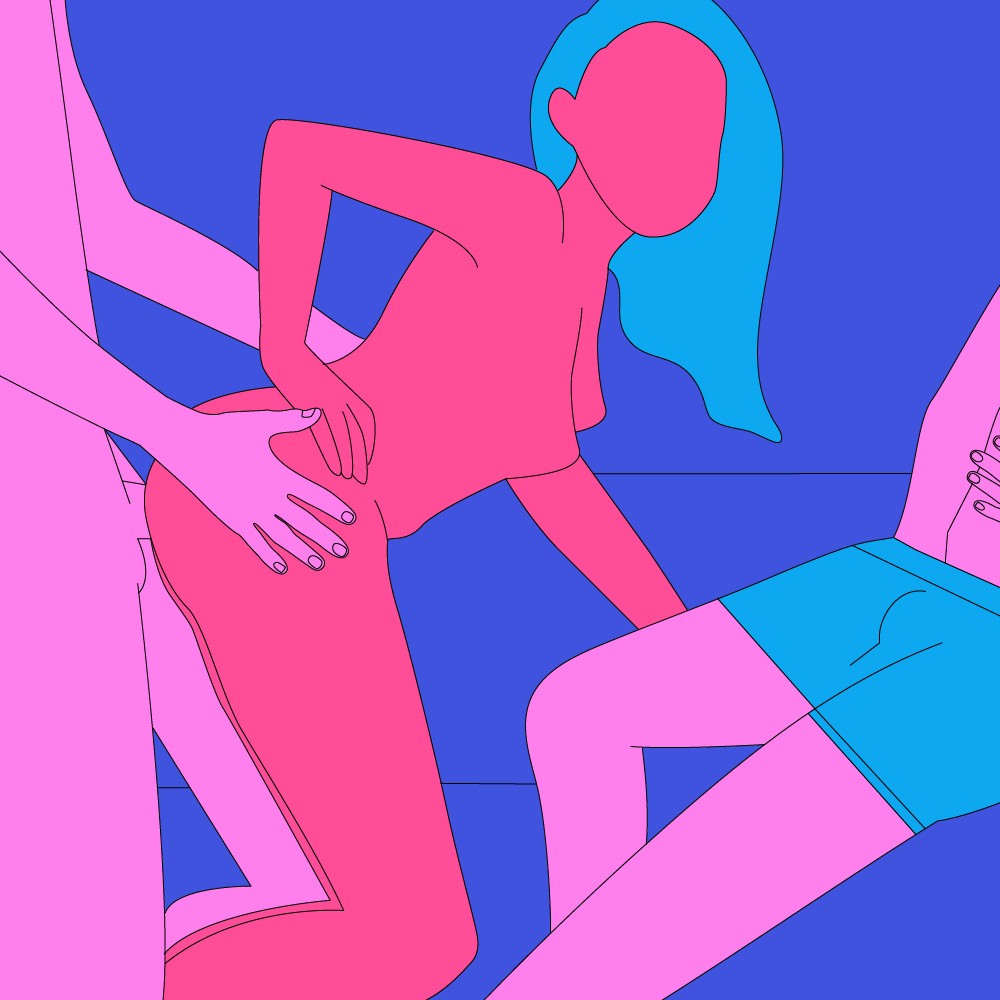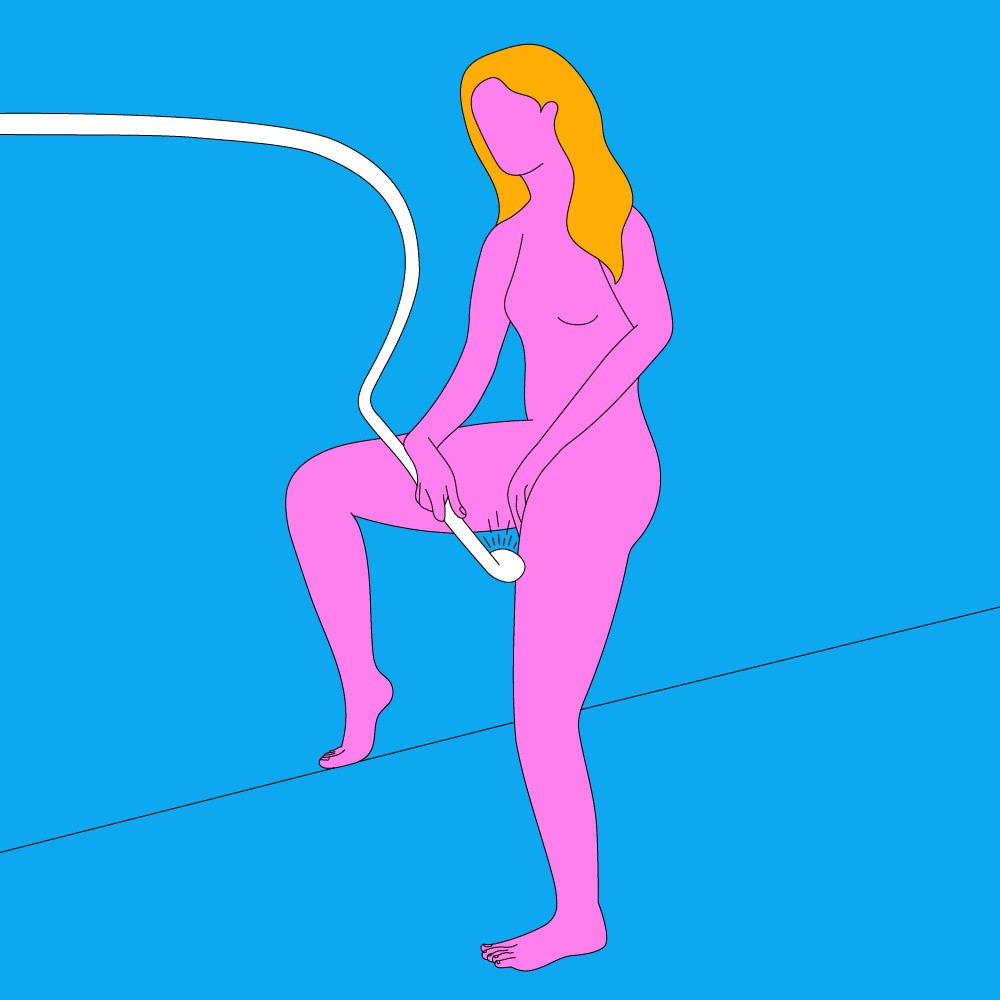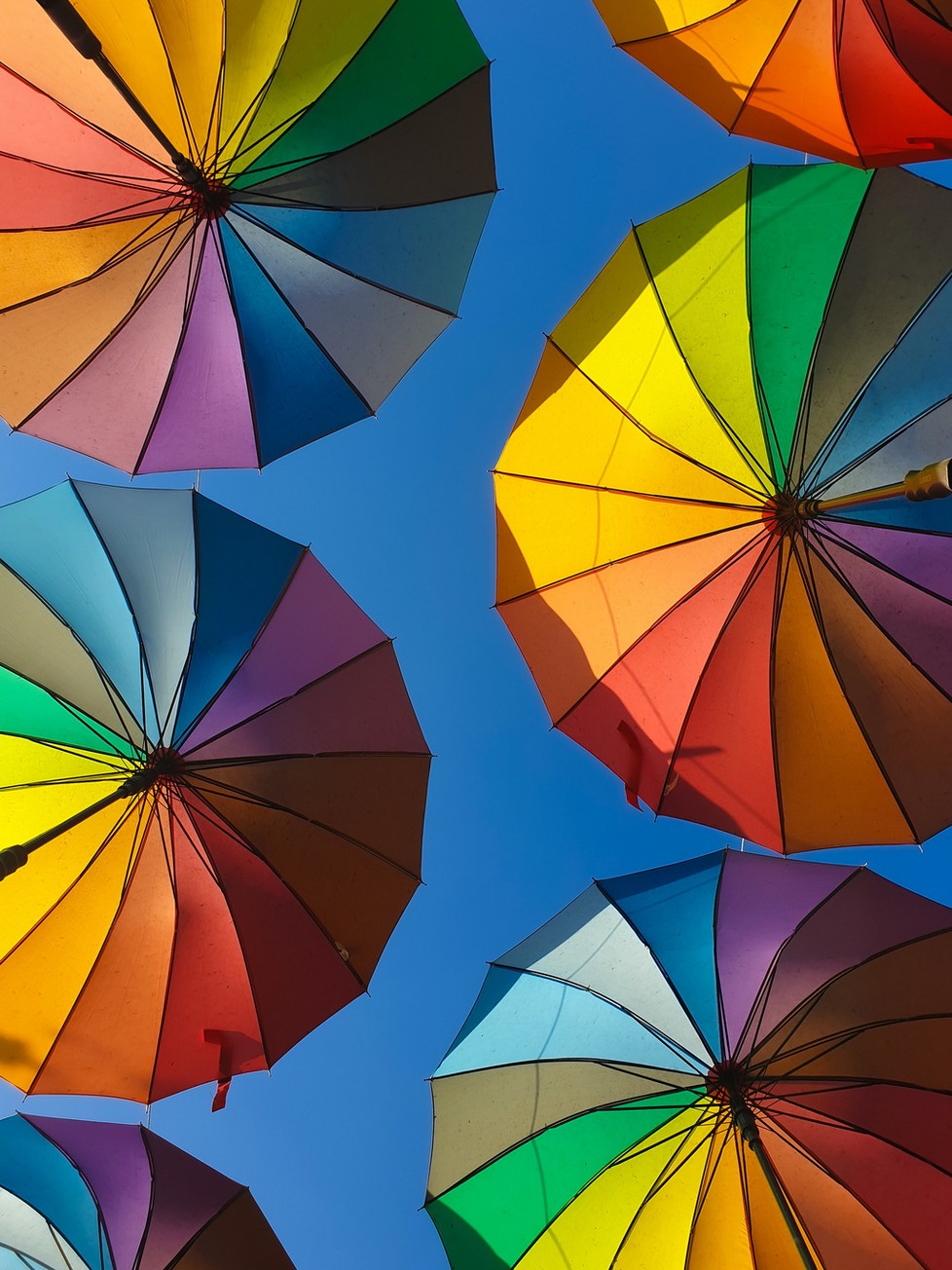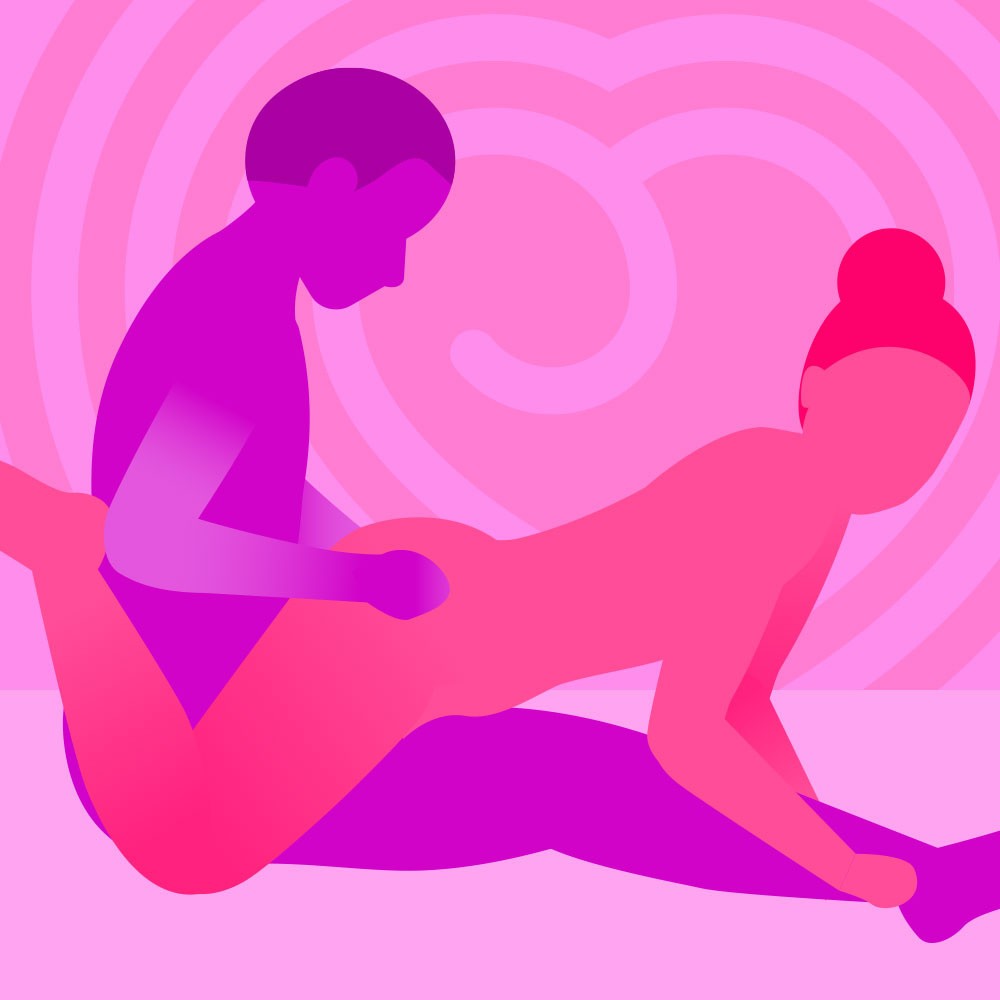Lindsay
Position of the Week: Front Row Seat
Like the most coveted seat at a concert but without the whopping price tag, this multi-partner position puts you in a prime spot to enjoy your very own private show. Oh, and audience participation is very much encouraged.
Position of the Week: Power Hose
No need to rush: the shower is the perfect place to get wet and wild. With this steamy solo sex position, you’ll splish and splash your way to soaked-through satisfaction (yeah, we mean it that way).
Top 15 Queer Sex Positions
A sex position for you, and you, and you! In our rundown of the top 15 best queer sex positions, we have sex positions for everyone to enjoy.
Position of the Week: Lock 'n' Rock
Create a love locket for two this Valentine’s and rock your way to orgasm in this thrilling position inspired by the more traditional doggie-style. Entry from behind gives the receiver sweet, sensational control over stimulation of their internal hotspots like the G-spot and P-spot.




